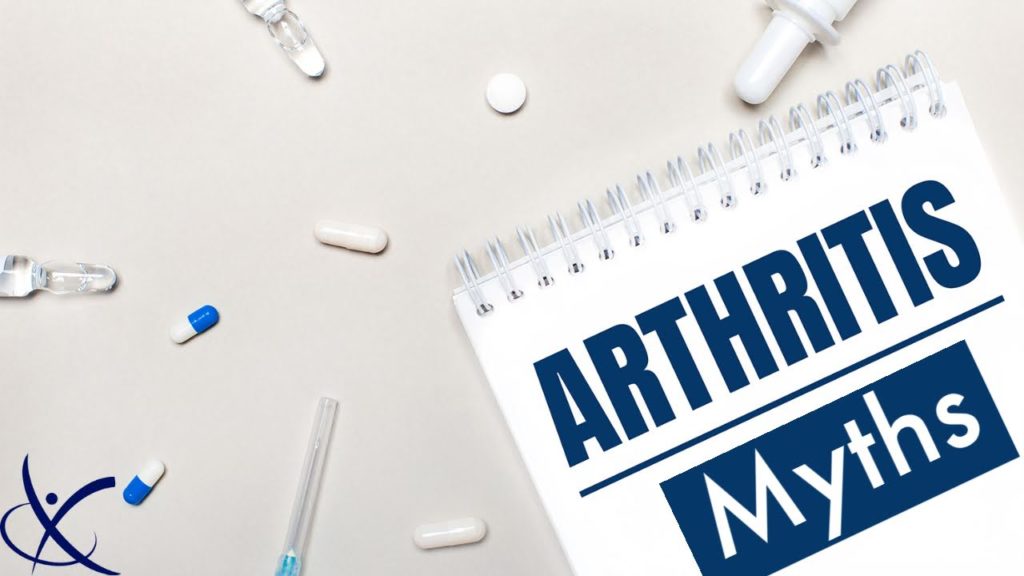Arthritis 101
3 Things You Should Know About Arthritis
Today’s topic of conversation is the big, bad A word….. Arthritis.
Our bodies are remarkable structures. Somehow, all systems jive together letting us be bipedal, upright beings.
Like a car, isn’t it inevitable that we have some kind of “break-down”?
Arthritis is not always as scary as it seems. In the world of orthopedics, it tends to stir uproar. Arthritis does not always equate to pain or movement deficits. It does not mean that you have to stop doing everything you love.
So, what is arthritis?
If we look to the Latin origin, Arthritis means “pain in the joints.” In the medical world, the term Arthritis does not characterize a single disease process. In fact, it is a catch-all term for joint pain or disease processes affecting joint health. Common symptoms include stiffness, decreased range of motion, swelling, and joint pain.
There are over 100 types of arthritis that affect individuals of all ages, sexes, and nationalities. It is not only an “Old Persons Disease”. Many with arthritis complain about joint pain and skeletal health. There are other arthritic conditions that can impact the heart, lungs, skin, kidneys, and joints.
Proper diagnosis and treatment are imperative when dealing with arthritic conditions. Make sure you discuss your treatment plan with your medical provider.
Is arthritis always painful?
The simple answer is…. no. Many people forget our bodies are intricate structures made of bones, muscles, tendons, and an extensive neural network. If you’ve received an arthritis diagnosis, it does not mean that it is causing your pain!
If you’ve experienced a sudden onset of musculoskeletal pain and received an arthritis diagnosis…. more than likely your pain has to do with other structures around your joints! Arthritis pain creeps in over time. So, don’t let that arthritis fool you.
To note, there are arthritic conditions that have intermittent flare-ups causing acute symptoms. If you experience a sudden onset of joint swelling, inflammation, stiffness with an unknown cause.. it may be worth discussing with your PCP!
A lot of individuals in the world have arthritis and live without much pain. How? Continued movement, self-management techniques, exercise, and proper medical management.
Reconditioning, not deconditioning is imperative to help decrease arthritis flare-ups.
Graded movement and strengthening are imperative to keep muscles and joints healthy. Rest & cessation of activity are detrimental to our musculoskeletal health!
Most individuals with arthritis who cease activity, become deconditioned. The nervous system becomes hypersensitive and an increase in pain occurs. If a muscle or joint becomes weak and does not have the ability to assist our joint structure properly, the pain normally increases.
Improving strength helps to support joints and keeps them more mobile. A proper prescription of exercise and movement can also help decrease pain associated with arthritis. Have you ever jumped into an exercise class and had a flare-up of joint pain? More than likely, you did too much, too fast! When getting into exercise, it’s important to do it slowly, keeping discomfort low. It’s okay to work through some pain (0-4) as long as it returns to baseline by the next morning!
So, a key takeaway point….
Don’t just stop moving because you’ve been diagnosed with arthritis. You do not have to stop doing the things you love, you may just have to modify for a period of time!
So folks here’s to taking care of arthritis in a better way!
Diagnose properly. Move More. Decrease Pain!
